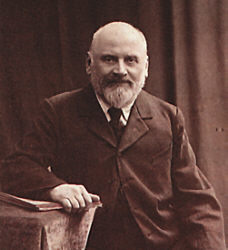Balakirev, Islamey
In the previous post in this series, I mentioned that Panos Karan had impressed us in two ways. The first, discussed last week, concerned his work taking Western classical music to the remotest points on the globe. The second involved his ambitious programming. He began with the complete Chopin Etudes, 24 of them. But more ambitious was moving from there to Balakirev’s Islamey.
Islamey is one of the most difficult pieces in the repertoire. Some would label it the most difficult. Composed in 1869, it attracted the attention of the most accomplished pianists, such as Franz Liszt, because it offered them a chance to perform at a level that few could match.
 I like the story of Maurice Ravel saying that he composed Gaspard de la nuit with the goal of writing something more difficult than Islamey.
I like the story of Maurice Ravel saying that he composed Gaspard de la nuit with the goal of writing something more difficult than Islamey.
Mily Alexeyevich Balakirev (1837-1910) was the leader of a group of Russian composers known as “the Mighty Handful” (Могучая кучка) or “the Five,” along with Borodin, Cui, Mussorgsky, and Rimsky-Korsakov. None had received the traditional conservatory education. They professed a purpose of finding a more authentically Russian sound in contrast to following the methods that prevailed in Western Europe. Balakirev turned to the folk music of the Caucasus Mountains. While visiting there, he was taught a folk melody called “Islamey” and it became the primary theme of Balakirev’s piano work. The theme of the second section also has its roots in folk music from the Crimea.



